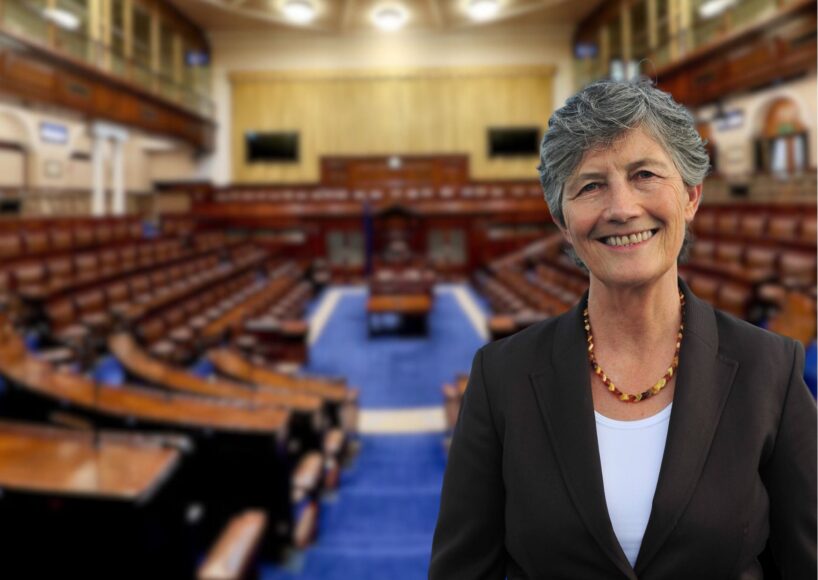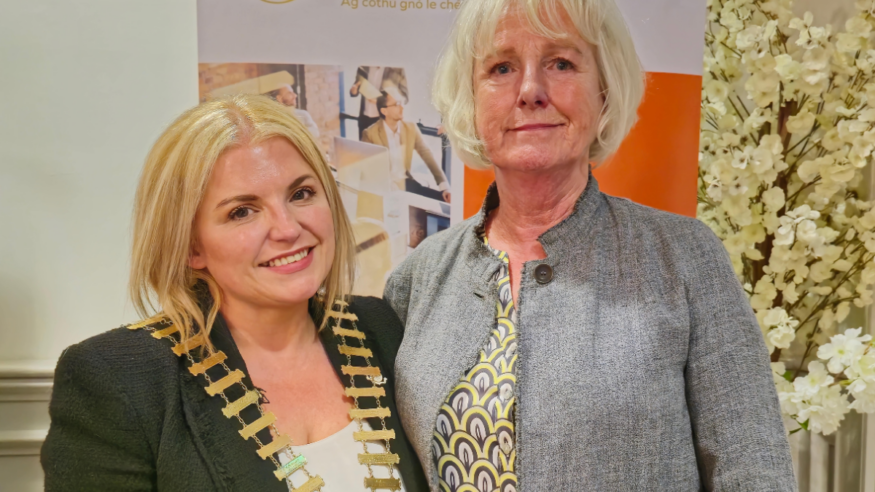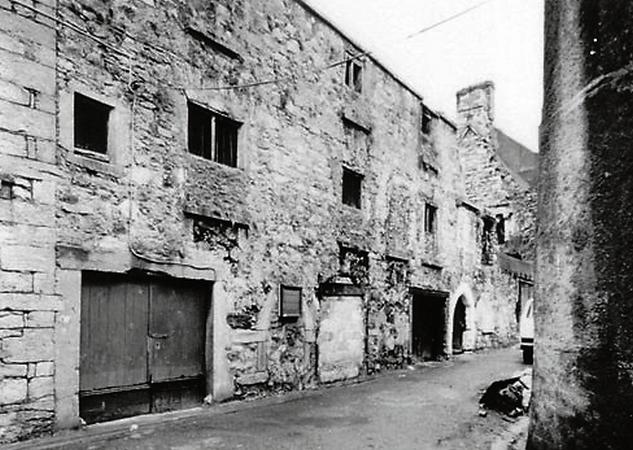High drama in past days
Published:
-
-
Author: Our Reporter
~ 4 minutes read
From this week's Galway City Tribune
With Galway International Arts Festival in full swing historian WILLIAM HENRY casts his gaze on Galway’s early theatre shows, recalling a time when revolutionaries shared the stage with top actors from London and Dublin, and when ladies were asked not to wear hoops on their dresses in order to save space in cramped venues.
Theatrical performances in Ireland as we understand them today date from the early 15th century and Galway has played its role in how theatre and the arts evolved
Actors, known as ‘Strolling Players’, travelled from place to place and were an essential feature of all festive gatherings. Their appearance was normally sponsored by some local dignitary or important official. Contemporary accounts mention that some of these early performers were reckless, irresponsible and didn’t adhere to prevailing civic values. In fact, some towns passed laws against them because of their behaviour.
Nevertheless, by the mid-18th century Galway had become a well-known venue for theatrical groups and actors, mainly during the summer months. Reports from the period refer to ‘Famous actors and managers coming thither’ to Galway in pursuit of drama.
Among the performers who came here was 18-year-old James Whiteley, who arrived in 1742 to join the Widow Parker Theatre Company. He was already quite famous and earning seven shillings a week, which was a regular salary for an stage performer at that time.
Whiteley first appeared in The Cure for a Scold, which was adapted from William Shakespeare’s The Taming of the Shrew. He also had a role in the Cobbler of Preston by Christopher Bullock. Parker, who had been widowed at 26, began a relationship with Whiteley and they married a short time later. Differences of opinion arose between the other actors in the group and these performers began to desert the company.
The couple then left Galway and travelled first to Carlow, hoping to make a fresh start. However, they weren’t very successful and were sometimes forced to survive on ‘bread and buttermilk’. They moved on to Waterford, where Whiteley left his wife. He travelled to England and began a successful career in theatre management.
William Havard, who had been one of the company actors in Galway, later became involved in the renowned Drury Lane Theatre in London.
An outstanding Galway actor of this period was Henry Mossop who was born in 1729. Some accounts give his birth as Tuam where his father was a rector, while others say it was Dunmore. Mossop rose to the top of his profession in an exceptionally short time. An eccentric character, he was sometimes unreliable when it came to fulfilling engagements. Despite being a notable actor, Mossop was turned down for a part by one theatre manager in London and protested strongly at being overlooked. One report mentions that he went on hunger strike and died at his lodgings at Chelsea. An extreme reaction. However, other sources mention that Mossop became bankrupt and died poverty-stricken in November 1773, broken in health and spirit.
For more, read this week’s Galway City Tribune.
Connacht Tribune Digital Edition App
Download the Connacht Tribune Digital Edition App to access to Galway’s best-selling newspaper.
Click HERE to download it for iPhone and iPad from Apple’s App Store, or HERE to get the Android Version from Google Play.
Or purchase the Digital Edition for PC, Mac or Laptop from Pagesuite HERE.
Get the Connacht Tribune Live app
The Connacht Tribune Live app is the home of everything that is happening in Galway City and county. It’s completely FREE and features all the latest news, sport and information on what’s on in your area. Click HERE to download it for iPhone and iPad from Apple’s App Store, or HERE to get the Android Version from Google Play.
More like this:

Catherine Connolly says “penny hasn’t dropped” with Government on meaningful climate action
The “penny hasn’t dropped” with the Government when it comes to the importance ...

Aquisition of Galway company creates largest renewable services
A leading Irish firm has acquired a Galway company, creating one of the largest renewable energy ...

Gort teen is big winner as five Galway artists are recognised in Texaco Children’s Art Competition
A teenage artist from Gort was the big winner as Galway took home five prizes from this year’s 70...

Galway poets make final crowdfunding push to bring Poetry Jukebox to the West
It looks like the periscope in a submarine – but this is a concept to take to the highways and by...

Galway graduate suggests greater use of sport to promote daily use of the language
A young Galway man with a passion for sport and the Irish language has told a Dáil committee that...

Carrabane pupils to feature in online magazine with rap about Sustainable Development Goals
The work of pupils from Carrabane School has featured in an online magazine. It features the work...

Over 400 organ donors and families in Salthill to be honoured in ceremony in Salthill
Over four hundred organ donor recipients and their families will be celebrated at a special cerem...

Galway’s Boston Scientific and Merit Medical awarded best in class for Workplace Wellness
Galway’s Boston Scientific and Merit Medical have been awarded best in class for Workplace Wellne...

Interim CEO appointed at Galway Chamber
An Interim CEO has been appointed at Galway Chamber. Deirdre Mac Loughlin is currently a member o...
Sign Up To get Weekly Sports UPDATES





